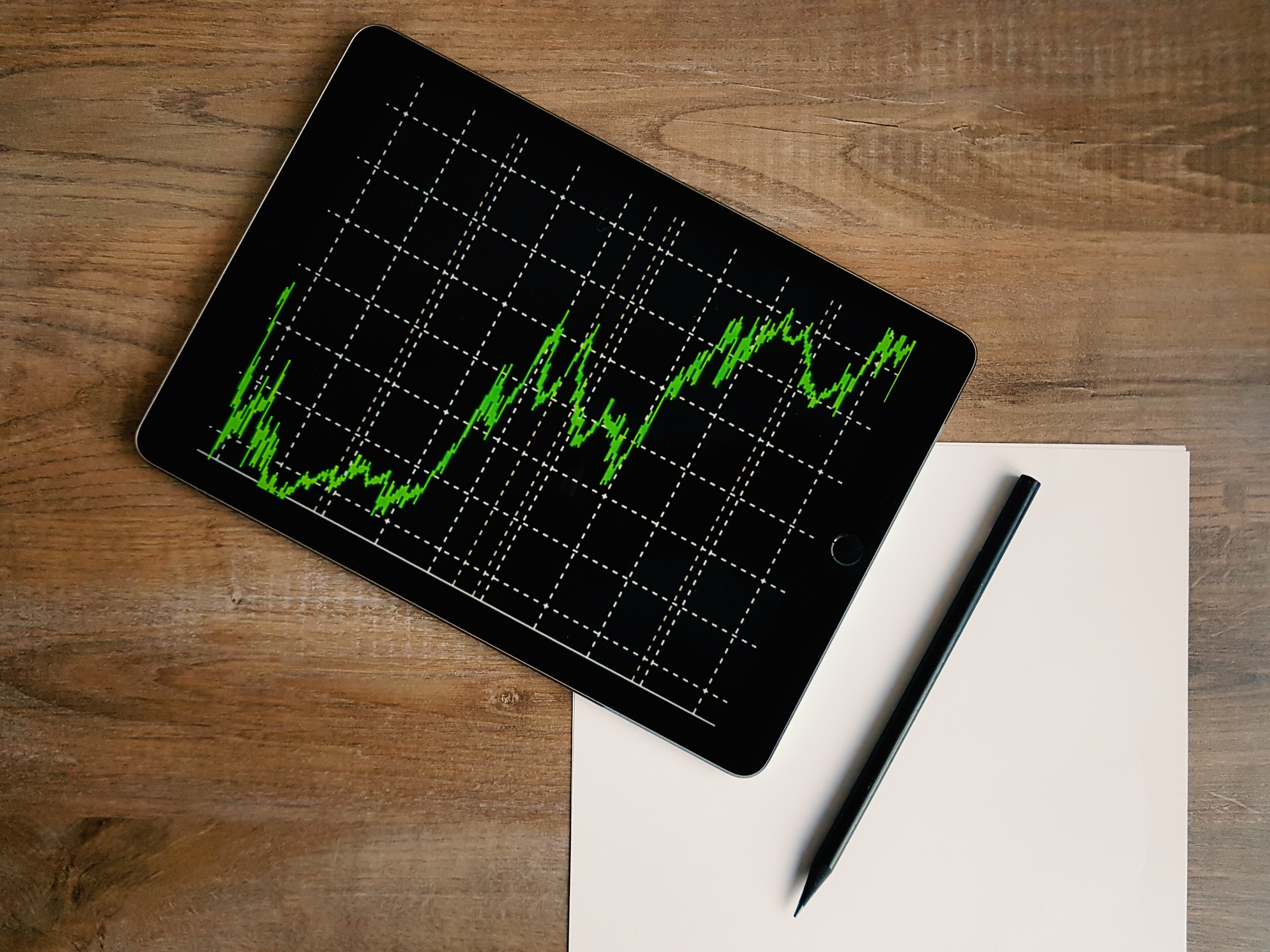
What is the Sustainability Accounting Standards Board and how can it help investors manage ESG?
Bryan Esterly: The Sustainability Accounting Standards Board (SASB) is an independent, non-profit organisation whose mission is to maintain and improve industry specific standards for financially material ESG (or sustainability) information that is reported to investors around the world.
SASB was founded in 2011 as an independent standard setter - we don’t rate investments, score ESG investments, or perform services for third parties. We also don’t consult companies on ESG strategies or ESG disclosures. We are an independent standard setter.
How were the standards first developed and how do they co-exist with other standards that companies tend to adopt for reporting their quarterly and annual numbers?
Bryan: Between 2012 and 2018, SASB was entirely focused on developing its first set of sustainability accounting standards.
This was a long and significant effort with the approach of setting standards on an industry-specific basis. SASB standards have been developed for 77 industries.
We have a robust evidence-based process that constantly seeks to stay informed on these specific markets.
"SASB standards have been developed for 77 industries."
We have a technical staff that is sets standards under the oversight of an independent board. They are constantly seeking to understand the body of evidence of financial impact.
There are so many types of ESG and sustainability issues in the world, but we only seek to address those in our standards that have a substantial body of evidence of financial impact.
This means that there is a clear and documented evidence-based link to financial impact. ESG issues that do not present that are not included in our standards. Our focus is on the impact on a company’s revenues, costs, assets, liabilities, cost to capital and risk profile.
The second leg of this standard setting process is to be market informed. We invest an enormous amount of resources to engage with investors, companies and other subject matter experts who help us understand how these issues play out on an industry-specific level and how performance metrics and measurement can be developed for each ESG issue.
"Our focus is on the impact on a company’s revenues, costs, assets, liabilities, cost to capital and risk profile."
In the first 6-year period of developing the first set of SASB standards, there will have been thousands of investors and companies consulted throughout the process, along with over a dozen transparent public comment periods.
This all led to the first official set of SASB Standards, which were released in late 2018.
How are these standards changing and evolving?
Bryan: How we seek to maintain and improve the standards over time is through what we refer to as a “project-based standard-setting model”.
Our staff and Standards Board are engaging with the market and hearing from companies and investors on how the current standards are serving to meet their stated objectives.
At the same time, the world is always changing around us, so we are constantly changing and evaluating new issues, changing issues, new industries and even new company activities.
We are using all of this information as inputs to consider where the biggest opportunities are for us to evolve and improve the standards.
"We modelled the process after the Financial Accounting Standard Board (FASB) and the International Accounting Standards Board (IASB)"
It might be a specific metric in one industry standard, or have an impact across all 77 industries. Whatever the evidence and market input suggests, we can develop projects that are designed to address the issue.
We modelled the process after the Financial Accounting Standard Board (FASB) and the International Accounting Standards Board (IASB), which develop the GAAP and IFRS Standards, respectively.
Our standards setting still takes place in a transparent fashion and all of our standard setting meetings with our board are public and open to observers.
We produce exposure drafts upon which people can provide comments on. We also have other types of consultation material that are public, since we really want to give as much insight to the market as possible.
What kinds of industries adopts SASB Standards?
Bryan: Interestingly enough, some of the most common industries are in real estate, such as REITS, electric utilities and oil and gas companies.
We also have had a rapid uptake within the financial industry, such as with asset management and commercial banking.
Some people less familiar with the business impacts of ESG issues assume that a lot of these issues are around marketing and branding in consumer-facing industries.
"SASB Standards are designed to be a foundational infrastructure for the capital markets."
Instead, we see companies that generally have higher ESG impacts and risks, as well as those that have been subject to greater amounts of investor interest.
With that said, there is a lot of diversity in the types of companies that are implementing the SASB Standards—including by size, region, and industry.
SASB Standards are designed to be a foundational infrastructure for the capital markets.
We aren’t looking to be the flashy score or reward. Rather, we are producing and maintaining this capital markets infrastructure for all industries around the world.
Why is it necessary for a set of standards specific to sustainability to have been established and how has that affected businesses?
Bryan: Even if a company is not using SASB Standards or providing much in the way of ESG or sustainability disclosures, investors are already forming conclusions and doing assessment on ESG performance.
This is especially true for ESG issues that are financially material. Whether or not a company chooses to disclose or to provide useful disclosures that are supported by something like SASB Standards doesn’t stop investors from being interested in these issues and forming conclusions based on what is out there.
This goes back to how companies should have a strategy when it comes to ESG reporting. When it comes to investor reporting on ESG issues, it is in a company’s best interest to have a strategy that ties to a company’s fundamental strategy.
"Investors are already forming conclusions and doing assessment on ESG performance."
We have seen many companies who have had great intentions and made great efforts around ESG reporting, but then are challenged with knowing what metrics are most useful for investors.
Even then, investors are looking for comparable data across industries, so this needs to be the role of an independent standard setter—which both companies and investors engage with.
With companies implementing the SASB Standards, investors can track current performance against previous time periods, as well as against industry peers.
This information can prove to be invaluable.
How widespread is adoption of SASB Standards in the business community?
Bryan: It is always hard to get perfect quantification. For example, we know that there are a number of private equity firms who use the standards within their portfolio companies and in their due diligence process.
This type of use will not show up in public data unless the portfolio company happens to be reporting publicly.
That being said, we do track some data points around both corporate and investor use of the standards. In 2017, there weren’t any companies using the standards because they had not been introduced yet.
"There are over 150 institutional investors representing 19 countries and over $55 trillion in assets under management."
Fast forward to today and we see that there are over 400 companies who have reported metrics from SASB Standards. In addition, there are close to 1000 companies that are referencing the standards in their reporting and using them in some fashion.
We have seen adoption across the U.S., Europe, Japan and other Asian markets, and Latin America throughout a mixture of large and small companies.
SASB also has an investor advisory group made up of institutional investors. We also have investors who license the use of the standards and their investment processes, as well as a membership group called the SASB Alliance.
Across these three different groups, there are over 150 institutional investors representing 19 countries and over $55 trillion in assets under management.
Are investors increasingly keen on ensuring that businesses adopt SASB standards?
Bryan: Absolutely. There has been more interest and evidence that key ESG issues such as climate change are financially material and are altering the risk-return profile of companies in many industries.
Investors realised that they needed a set of standards for the disclosure of financially material ESG information in the exact same way that they rely on financial information that is driven by financial accounting standards, which has brought SASB to the forefront when it comes to standard setting and evaluation.
Please Sign In or Register to leave a Comment.
SUBSCRIBE
Get the recent popular stories straight into your inbox







